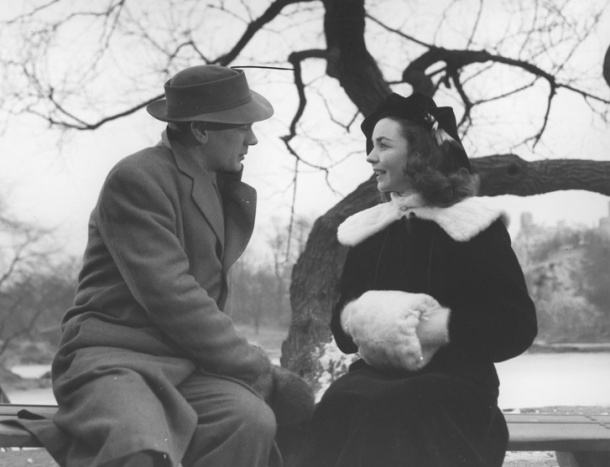
Ladies of the Chorus (1948)
Directed by Phil Karlson
Columbia Pictures
Unless you’re a massive fan of low-budget musicals and comedies from the 1940s, the only reason to watch Ladies of the Chorus is to see Marilyn Monroe in her first big role.
Well, OK. There’s one more reason. If you’re a massive film nerd like I am, it’s also worth watching because it was directed by Phil Karlson. From 1944 through 1947, Karlson directed more than a dozen B movies for Monogram Pictures (later Allied Artists). In 1948, he moved up to making B features for Columbia Pictures. After lensing two westerns for Columbia — Adventures in Silverado and Thunderhoof — he directed Ladies of the Chorus.
Karlson’s best work lay ahead of him. He would go on to direct tough, taut film noirs like Kansas City Confidential (1952), 99 River Street (1953), and The Phenix City Story (1955), as well as one of my favorite tough-guy vigilante movies of all time, Walking Tall (1973).
But Ladies of the Chorus really has nothing in common with those movies. The only connection is Karlson’s professionalism and attention to detail. It’s a fun little movie, just an hour long, with plenty of music and songs. Musicals and corny comedies aren’t really my thing, but I appreciate any well-made film. And I absolutely love Marilyn Monroe.
Marilyn Monroe turned 22 years old in 1948. This movie was the first time she got her name in the credits.
She plays a girl named Peggy who was born into a life of burlesque. Her mother, Mae Martin, was a burlesque queen back in Boston. When she married a wealthy young man whom she loved, the wealthy young man’s father had him shipped off to Europe and the marriage annulled. But Mae was already pregnant with Peggy.
Mae is played by Adele Jergens, who turned 31 on November 26, 1948. She’s obviously not old enough to be Marilyn Monroe’s mother, so the makeup department put a few gray streaks in her hair.
When the star of the burlesque show, Bubbles (Marjorie Hoshelle), insults Mae’s gray hair and the wig she wears on stage, Peggy attacks her. The stage manager breaks up the fight and shouts, “Fightin’ like a couple of alley cats. What are you tryin’ to do, give burlesque a bad name?”
He sends Mae in to replace Bubbles, but Mae pulls a switcheroo and sends in Peggy instead. Naturally, she kills on stage and becomes a new queen of burlesque. And of course history repeats itself when a young man from a blue-blooded family falls for her.
Peggy’s wealthy suitor is played by Rand Brooks, who’s a bit of a drip. He doesn’t have any chemistry with Monroe, but like I said, she’s the main reason to see this movie. (Although I really like Adele Jergens, too.) Monroe doesn’t quite have the breathy, “baby doll” voice she developed later in her career, but every bit of her megawatt star power is in evidence here. She does a bunch of song and dance numbers, and they’re all wonderful. Well, maybe all of them except “Every Baby Needs a Da Da Daddy,” which has to be seen to be believed.
When Ladies of the Chorus first came out, Adele Jergens got top billing, but Columbia re-released the film in November 1952 to capitalize on Marilyn Monroe’s growing fame. A lot of times when studios do this, the newly minted star whose name gets top billing actually only has a little bit of screen time, but that’s not the case here. This was a star-making turn for Marilyn Monroe, and it’s a lot of fun to watch if you’re a fan.












